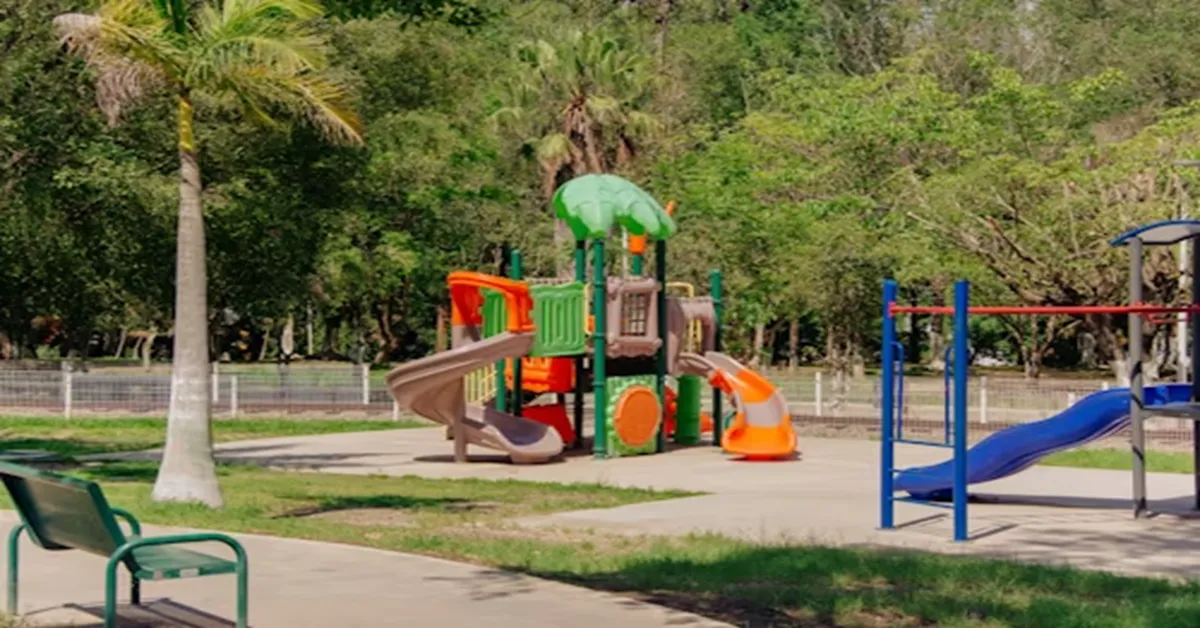When it comes to enhancing community spaces, nothing excites families and children more than an engaging spray park. These vibrant, water-filled play areas are becoming an essential part of modern parks, offering inclusive, interactive experiences that go beyond traditional playground equipment. As communities grow and evolve, planners must look beyond swings and slides to create spaces that support health, fun, and community bonding. A well-designed spray park not only increases park usage but also promotes physical activity, social interaction, and accessibility for all age groups. However, transforming parks with these water features requires thoughtful planning and a strategic approach.
Understand community needs and demographics
Before installing a spray park, community planners must assess the needs and demographics of the neighborhood. Are there many young families in the area? Is the current playground equipment underutilized due to extreme summer heat? These insights help in determining the type, size, and layout of the spray park. Planners should also gather feedback through surveys or town hall meetings to ensure the final design aligns with what the community values most.
Focus on safety and accessibility
Safety and accessibility should be non-negotiable priorities. A spray park must include non-slip surfaces, shaded seating areas, and easy-to-navigate spaces for children with disabilities. Drainage systems should be efficient to prevent standing water, reducing the risk of slips or waterborne hazards. Also, ensure that all playground equipment in the vicinity meets safety regulations and complements the water play area without causing overcrowding.
Choose inclusive and diverse features
The best spray park designs cater to children of all abilities and age groups. Water cannons, ground geysers, mist tunnels, and tipping buckets offer different types of play and engagement. When paired with nearby playground equipment, these features create an extended recreational zone that keeps children entertained and physically active for longer periods. Variety and inclusivity should drive feature selection to make the spray park a welcoming space for everyone.
Plan for maintenance and sustainability
Water usage and maintenance are critical considerations for any spray park installation. Planners should choose water-efficient systems that recycle and treat water to reduce environmental impact. Additionally, selecting high-quality playground equipment and durable materials for the splash area will minimize long-term maintenance costs. Establish a seasonal inspection and maintenance schedule to keep the spray park safe and operational throughout the summer months.
Integrate with existing park design
A spray park should feel like a natural extension of the park, not a standalone feature. Integrate it into existing walking paths, open spaces, and playground equipment zones. Adding picnic areas, restrooms, and shaded structures nearby will enhance the overall experience for families. Thoughtful placement encourages longer visits and better usage of all park amenities.
Conclusion: Elevating community parks with smart planning
Adding a spray park is a transformative step toward making community parks more engaging, inclusive, and enjoyable. When paired thoughtfully with quality playground equipment, these interactive water zones can turn an ordinary green space into a vibrant hub for families. By prioritizing community needs, safety, sustainability, and design integration, planners can ensure these upgrades serve the community for years to come.

